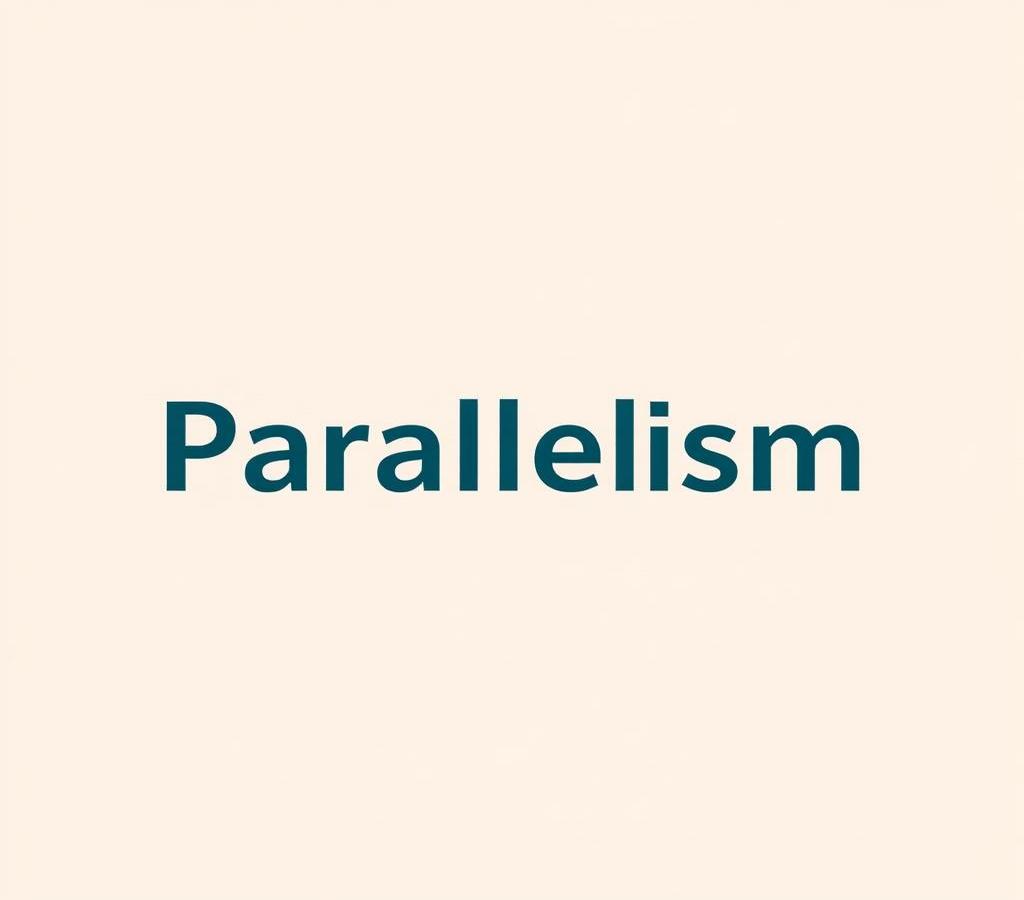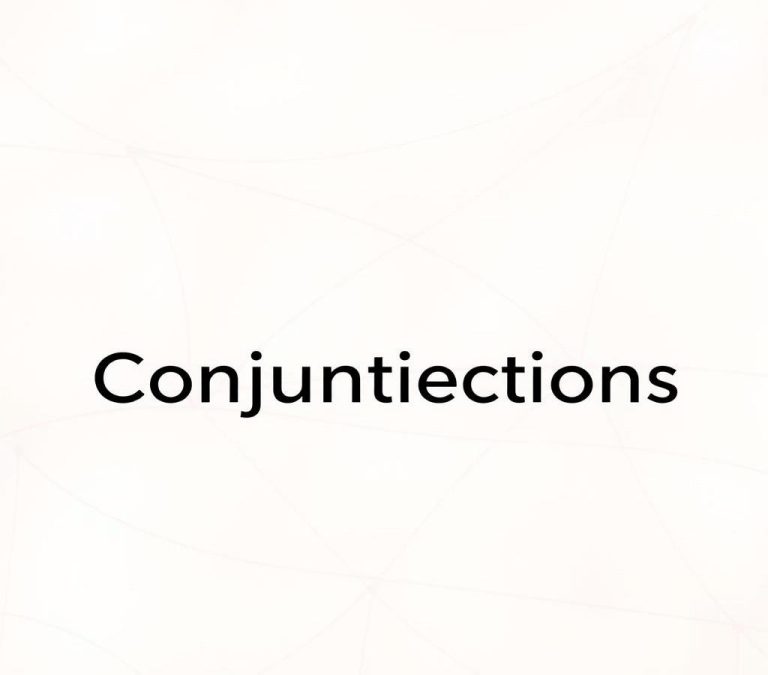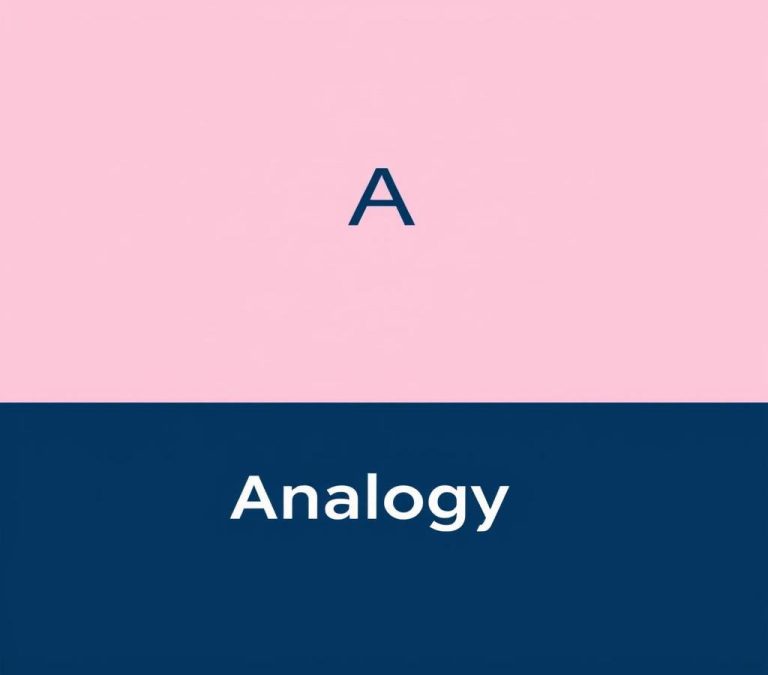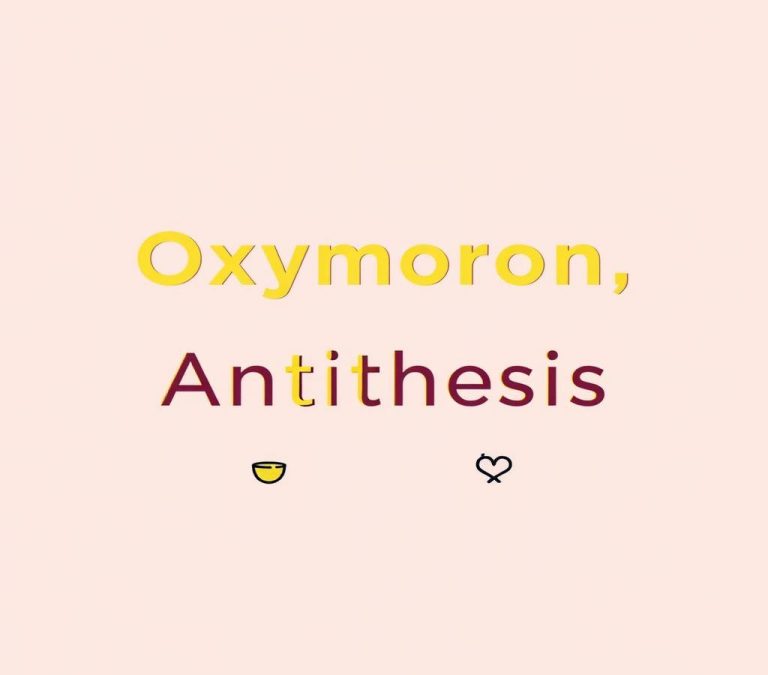Grammar Usage: Repetition vs Parallelism Explained
Repetition and parallelism are two writing techniques that add rhythm and clarity to language. While repetition involves using the same words or phrases to emphasize a point, parallelism aligns similar structures or ideas to create balance and flow. Both techniques can enhance the impact of writing, making it more memorable and persuasive. Understanding the differences and uses of repetition and parallelism can help writers and speakers communicate more effectively. This article will explore how each technique works and provide examples to illustrate their distinct roles in crafting engaging and powerful communication.
Quick Answer
Repetition and parallelism are two literary devices used to emphasize ideas.
Repetition involves repeating a word or phrase to stress its importance or create rhythm.
Parallelism involves using similar structures or phrases to convey equal importance or create balance.
While repetition draws attention to a single idea, parallelism highlights the connection between multiple ideas.
Why There is Confusion
Repetition and parallelism are two literary devices often used in writing to enhance language, create rhythm, and emphasize particular points. Although both techniques share some similarities, they are distinct in their application and effects. This confusion often arises because both methods involve some form of repetition — either in words, phrases, or structure. Understanding these differences is crucial for writers, students, and anyone interested in the mechanics of language, as they contribute significantly to the impact and clarity of writing.
What is Repetition in Writing?
Repetition in writing refers to the deliberate use of the same words or phrases multiple times within a passage or text. This rhetorical device is used widely to emphasize a specific idea, invoke an emotional response from the reader, or make a statement more memorable. Repetition can occur at various levels of text, from repeating a single word to echoing sentences or entire ideas.
Some common forms of repetition include:
- Anaphora: The repetition of a word or phrase at the beginning of successive clauses or sentences. For instance, “Every day, every night, in every way, I am getting better and better.”
- Epiphora (or Epistrophe): Similar to anaphora, but the repetition occurs at the end of successive clauses or sentences. Example: “See no evil, hear no evil, speak no evil.”
- Alliteration: The repetition of the same sound at the beginning of several words in close succession, such as “She sells sea shells by the sea shore.”
What is Parallelism in Writing?
Parallelism, also known as parallel structure or construction, involves using identical or similar structures within a sentence or a series of sentences. This technique aids readers in understanding complex information more swiftly because it implies a predictable pattern. Parallelism is often used to compare, contrast, or list elements effortlessly.
Effective parallel structure entails ensuring each component of the list is structurally consistent. For example:
- Incorrect: She likes reading, to paint, and biking.
- Correct: She likes reading, painting, and biking.
Parallelism is not only used for lists but also when connecting two ideas via conjunctions, enhancing the flow and coherence within writing.
Differences between Repetition and Parallelism
Differences in Purpose
Repetition primarily serves to emphasize and highlight a particular notion or idea. By recurring key phrases or words, a writer can create a sense of urgency or importance. It’s particularly effective in speeches and poetry, where emotional impact is significant.
On the other hand, parallelism’s main function is to provide clarity and balance to writing. It ensures that lists and connected ideas are presented in a harmonious manner, thereby making the information easier to process.
Differences in Structure
Repetition relies on reiterating the exact word or phrase without changing its structure. It focuses more on highlighting a specific expression to strengthen its impact.
Conversely, parallelism hinges on maintaining a similar grammatical structure across different parts of a sentence, regardless of whether the actual words repeat. This consistency creates a sense of rhythm and fluency, making the text more readable and aesthetically pleasing.
Differences in Effect
The effects of repetition are primarily emotional and rhetorical. Repeated words tend to engrave ideas more deeply into the mind of the reader or listener, creating resonance and often stirring emotions.
Parallelism, while it may also possess an emotional element, predominantly impacts the logical flow of writing. It persuades the reader or listener on a more cognitive level by presenting ideas in a balanced, understandable way, which can often make arguments more compelling.
Synonyms
The nuanced differences between repetition and parallelism mean that each has its own set of synonymous techniques that may be similar but are not identical replacements.
Synonyms for Repetition
Some synonyms or related techniques for repetition include:
- Redundancy: While often considered an error, redundancy involves unnecessary repetition, adding emphasis.
- Restatement: Repeating ideas using different words or phrases to reinforce a message.
- Echolalia: Immediate repetition of another person’s spoken words, sometimes used as a stylistic choice in literature.
Synonyms for Parallelism
Parallelism shares its space with a few related constructs, such as:
- Symmetry: Achieving a balanced spatial or structural correspondence within parts of a sentence.
- Consistency: Ensuring elements within writing follow a uniform pattern or approach.
- Equivalence: Structuring elements to be equal in value or significance.
Examples of Repetition and Parallelism in Action
To gain clarity on how repetition and parallelism are applied, let’s explore some examples from famous speeches, literature, and everyday writing.
- Repetition: In Martin Luther King Jr.’s “I Have a Dream” speech, the phrase “I have a dream” is strategically repeated to emphasize his vision for America.
- Parallelism: In John F. Kennedy’s inaugural address, he uses parallelism in the famous line, “Ask not what your country can do for you; ask what you can do for your country.”
Conclusion
Understanding the distinction between repetition and parallelism is essential for effective writing. While they both involve using language in a recursive manner, their purposes, structures, and effects differ distinctly. Repetition emphasizes and engrains a specific idea, appealing primarily to the reader’s emotions. Parallelism, however, appeals to logic by ensuring clarity and coherence in the delivery of connected thoughts. Recognizing and employing these techniques judiciously can greatly enhance the quality and impact of both written and spoken communication. Whether crafting an inspiring speech or a coherent essay, leveraging these tools effectively can make writing not only more vivid and memorable but also more persuasive and powerful.







